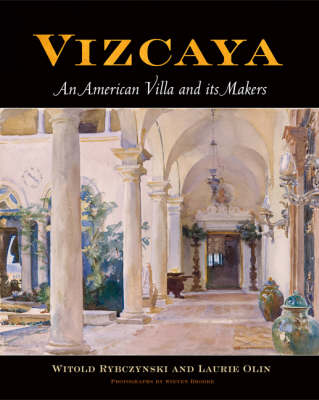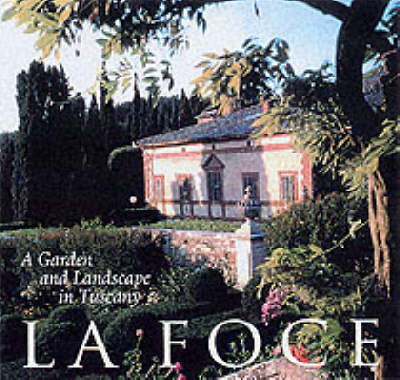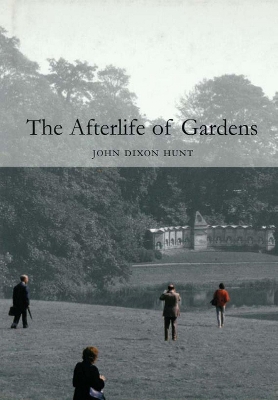Penn Studies in Landscape Architecture
5 total works
"Twenty-eight years ago I went to England for a three-month visit and rest. What I found changed my life."
So begins this memoir by one of America's best-known landscape architects, Laurie Olin. Raised in a frontier town in Alaska, trained in Seattle and New York, Olin found himself dissatisfied with his job as an urban architect and accepted an invitation to England to take a respite from work. What he found, in abundance, was the serendipity of a human environment built over time to respond to the land's own character and to the people who lived and worked there. For Olin, the English countryside was a palimpsest of the most eloquent and moving sort, yet whose manifestation was of ordinary buildings meant to shelter their inhabitants and further their work.
With evocative language and exquisite line drawings, the author takes us back to his introduction to the scenes of English country towns, their ancient universities, meandering waterways, and dramatic cloudscapes racing in from the Atlantic. He limns the geologic histories found within the rock, the near-forgotten histories of place-names, and the recent histories of train lines and auto routes. Comparing the growth of building in the English countryside, Olin draws some sobering conclusions about our modern lifestyle and its increasing separation from the landscape.
As much a plea for saving the modern American landscape as it is a passionate exploration of what makes the English landscape so characteristically English, Across the Open Field is "an affectionate ramble through real places of lasting worth."
The Miami estate of Vizcaya, like its palatial contemporaries Biltmore and San Simeon, represents an achievement of the Gilded Age, when country houses and their gardens were a conspicuous measure of personal wealth and power.
In Vizcaya: An American Villa and Its Makers, a celebrated architecture critic and writer and an award-winning landscape architect explore the little-known story of Vizcaya, an extraordinary national treasure. Witold Rybczynski and Laurie Olin use a rich collection of illustrations, historic photographs, and narrative to document the creation of this stunning house and landscape. Vizcaya was completed in 1916 as the winter retreat of Chicago industrialist James Deering. The cosmopolitan bachelor, who chose Miami for its warm climate, enlisted the guidance of artist Paul Chalfin, with whom he traveled throughout Italy to survey houses and gardens. With the assistance of architect F. Burrall Hoffman, Jr., and garden designer Diego Suarez, the 180-acre site on Biscayne Bay was transformed into a grand estate, complete with lagoons, canals, citrus groves, a farm village, a yacht harbor, and a 40-room Baroque mansion.
The lure of this architectural and landscape masterpiece, named for a Spanish Basque province, is undeniable. John Singer Sargent planned a short visit in 1917 but stayed for several months, producing an inspired series of watercolors, many of which are reproduced here for the first time. The book is further enriched by archival material and by the color images of noted photographer Steven Brooke, paying homage to Vizcaya as a lens through which readers learn about architecture, landscape and garden design, interior decoration, and art.
La Foce
by Benedetta Origo, Morna Livingston, Laurie Olin, and John Dixon Hunt
The gardens and estate of La Foce constitute one of the most important and best kept early twentieth-century gardens in Italy. Amid 3,500 acres of farmland in the countryside near Pienza, with sweeping views of the Tuscan landscape, La Foce was the childhood dream garden of the late writer Marchesa Iris Origo. Passionate about the order and symmetry of Florentine gardens, Origo and her husband, Antonio, purchased the dilapidated villa in 1924, soliciting the help of English architect and family friend Cecil Pinsent to reawaken the natural magic of the property. Pinsent designed the structure of simple, elegant, box-edged beds and green enclosures that give shape to the Origos' shrubs, perennials, and vines, and created a garden of soaring cypress walks, native cyclamen, lawns, and wildflower meadows. It is, by all accounts, a remarkable achievement.
Today the garden is a place of unusual and striking beauty, a green oasis in the barren Siena countryside. Situated in the Val d'Orcia, a wide valley in southeastern Tuscany that seems to exist on a larger, wilder scale than the rest of the Tuscan landscape, it is run by Benedetta and Donata Origo, and is open to the public one day a week.
La Foce: A Garden and Landscape in Tuscany is a contemplative, multifaceted study of the house, gardens, and estate of La Foce. It includes a historical essay and memoir by the daughter of La Foce's creators, Antonio and Iris Origo, along with photographs, sketches, and a critical analysis of the gardens. The volume not only focuses on the beauty of the gardens themselves and their indisputable merit as fascinating works of landscape architecture but also sees them within the context of both the larger Tuscan topography and the wider landscape of geography and history. The book will be a delight to armchair travelers, trade and landscape architects, gardeners, and those interested in Tuscan culture.



